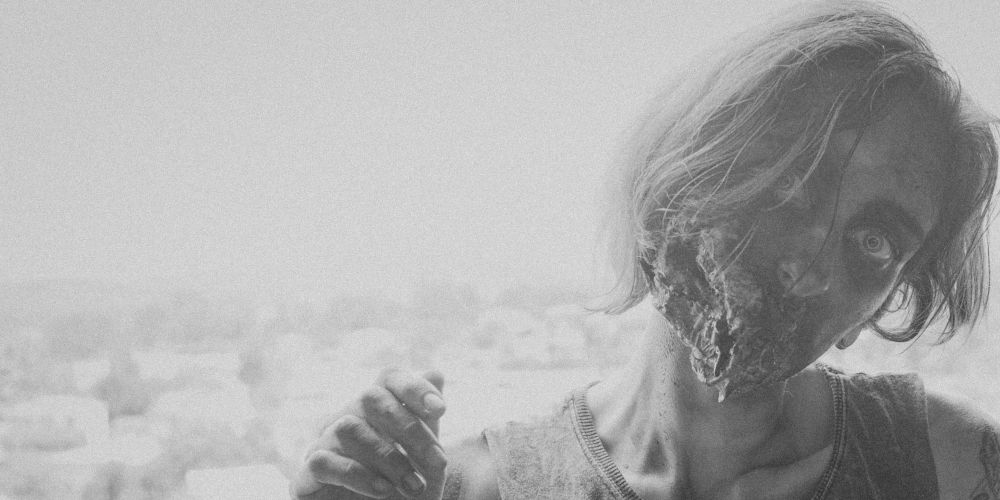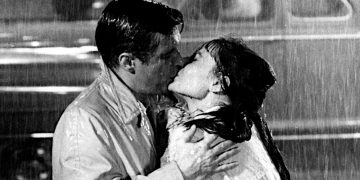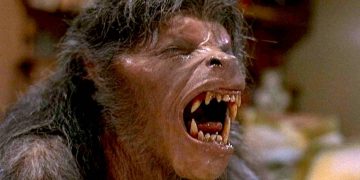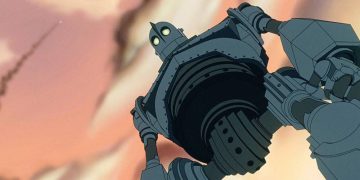Classic movie monsters have been terrorizing audiences for over a century. Each one is characterized by its own unique brand of menace that continues to evolve to this day.
But these famous movie monsters have been reimagined over and over again. What were they like when they first debuted? Which movies introduced the world of cinema to these monstrocities?
Sadly, many of these first movies are known as "lost films," meaning there are no known existing copies of them in any studio archives, private collections, or public archives. Most of them will likely never be seen again.
But we know about them! Here are some of the most famous movie monsters you may recognize, including their origin films and how they've evolved since.
1. Ghosts
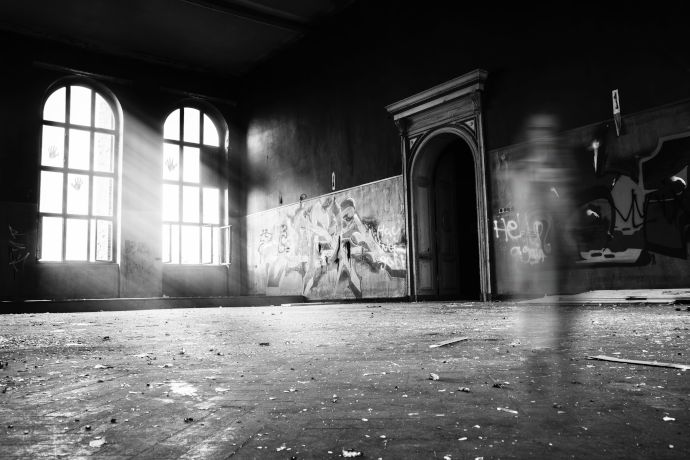
The first motion picture known to have featured a ghost is the 1898 lost film Photographing a Ghost, which focuses on two men attempting to take a picture of a crude supernatural apparition while the entity throws chairs and evades their efforts.
In the end, they just give up.
This precursor to the paranormal investigation genre is noted for using a recently-at-the-time patented method for creating double exposures—the technique that made it possible to simulate a ghost on screen in a way never before seen.
2. Vampires
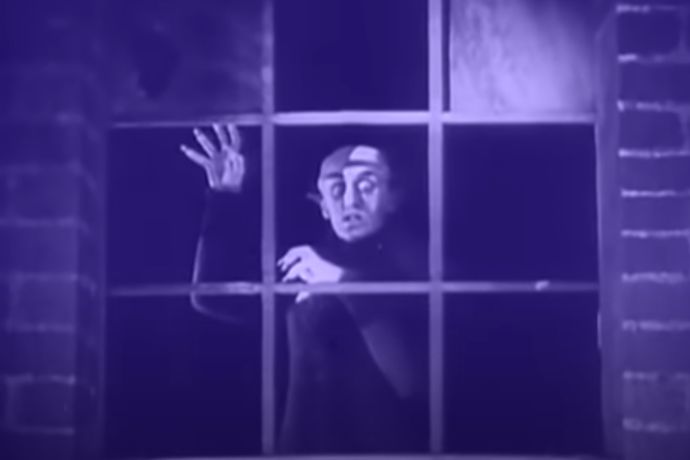
1922's Nosferatu is considered the first true adaptation of Bram Stoker's novel Dracula, but is not the first depiction of a vampire on the big screen.
That distinction belongs to a 1921 lost film called Dracula's Death or Drakula Halala, sometimes translated as The Death of Dracula.
Rumored to still exist in a Hungarian archive, Dracula's Death was the first appearance of the vampire Count Dracula, even though the plot had nothing to do with Bram Stoker's novel.
Dracula appears in an institutionalized woman's hallucinations as a thin, pale-cloaked figure with a widow's peak, sharp teeth, and pointy ears. These details have become so iconic, we can see their influence on vampires even to this day.
3. Zombies
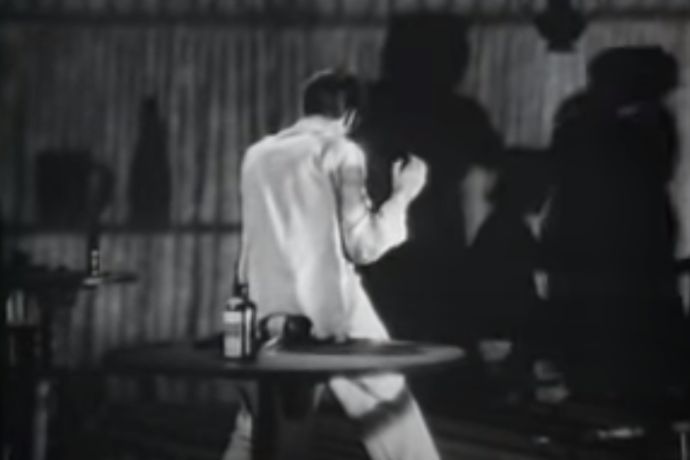
The first feature-length zombie film was 1932's pre-code White Zombie (which is also where the band got its name). Due to its content matter, White Zombie was banned until the late 1960s.
The term "pre-code" refers to movies that were made prior to the establishment of the Hays Code, which was a set of film industry guidelines for self-censorship of content. It was mostly applied to major U.S. motion pictures between 1934 and 1968.
In the movie, Bela Lugosi plays an evil voodoo master named Murder Legendre who owns a Haitian sugar cane processing plant operated by the zombie slaves he creates and controls.
Though critically panned at the time of its release, some modern reappraisals now laud the film's atmosphere (but consensus remains unchanged regarding the film's terrible acting).
Despite its flaws, White Zombie earned a reputation among many as the model for all zombie movies that followed—and has undeniably influenced its successors with the genre tropes it pioneered on screen.
4. Werewolves
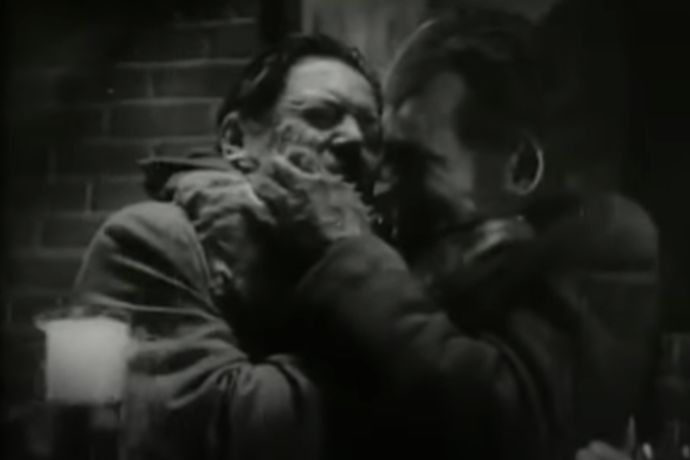
1935's Werewolf of London was the first feature-length film to portray an anthropomorphic werewolf. Before this movie came about, werewolves had only been shown in canine form.
And what was the first film to feature a canine-form werewolf? That would be 1913's silent lost film The Werewolf. Sadly, all prints of that movie are believed to have been destroyed in a fire at Universal Studios in 1924.
The Werewolf didn't have as much lasting influence on the cinematic lore of werewolves as Werewolf of London, but it did establish one of the most traditional werewolf elements: that they always kill what they love most.
5. Bigfoot
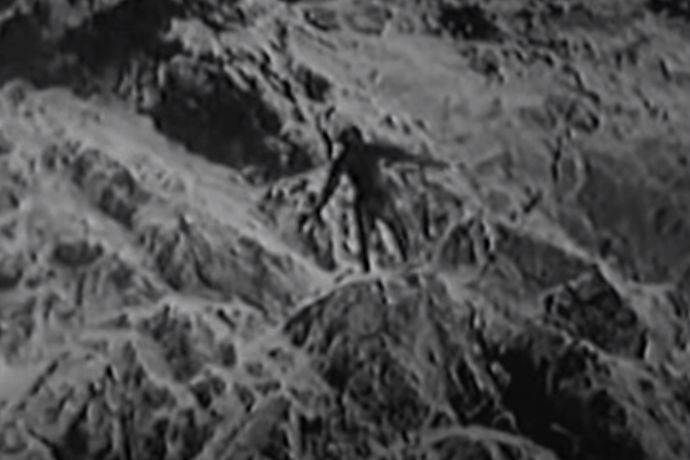
The Snow Creature features a monster that most would now recognize as an Abominable Snowman or Yeti.
This 1954 film was the first of many to try horrifying audiences with a cryptid hominid, which we now call Bigfoot.
The plot follows a botanical expedition in the Himalayas that involves an armed mutiny by Sherpa guides, the kidnapping of a scientist's wife by a Yeti, and the capture of said Yeti.
The sedated beast is then transported in a massive chest freezer from Bombay to California, where it escapes captivity and does what movie monsters do best.
